What is “unseeing?” The answer to this question begins with a secret: Photography is more than just pointing your camera at something beautiful and triggering the shutter. If you really want to take compelling photos, you need to unlearn the way you see the world, throwing decades of cumulative experience out the window and starting from scratch.
To start with, you need to learn to see the world the way your camera sees it. A camera alters our perception of reality in several significant ways, and your choice of focal length, aperture, exposure, and shutter speed can all be used to profoundly and artistically transform your subject. And these technical choices are merely the beginning, leading you to more important factors such as perspective, position, composition, light, and moment.
In your first Outdoor Photography Guide Challenge assignment, move past merely trying to capture what you see with your eyes. Unsee instead, and explore and embrace the way your camera perceives the world. I want you to be a photography rebel, shattering conventions and breaking taboos to stand out from the crowd.
For this photo, I used flash to gently illuminate the cheetah against the rising sun. I made this creative decision because I knew my camera would record the scene in a way that was different from my eyes. I manipulated the scene through my choice of focal length, exposure, and the use of supplemental light.
Masai Mara, Kenya. Canon 5DIV, Canon 200-400mm f/4 lens with built-in 1.4x extender, ISO 100, f/4, 1/200 second.Although it is often said that a focal length of 50mm “approximates human vision,” no single lens sees the world the same way our eyes do. For starters, humans (barring some misfortune) have two eyes, giving us a combined binocular visual field of view that is approximately 135° vertical and 200° horizontal. By comparison, the Canon 11-24mm lens, which has the widest view of any non-fisheye lens, is 126° x 84° (even fisheye lenses only go as wide as 180°). But even though ultra-wide lenses most closely match human field of view, things still don’t look quite the same: peer through a wide-angle lens and everything looks smaller than it does to our eyes. And let’s not forget that our two eyes allow us to perceive the world in three dimensions, while any single lens perceives only two; as soon as you put a lens in front of your face, you immediately flatten perspective and lose depth.
For this week’s assignment, we want to see your photos showing creative use of focal lengths. Avoid using “standard” focal lengths; instead, give extreme lenses a try, such as fisheye, wide-angle, and telephoto lenses.
For this photo, I used an ultra-wide lens, getting low and close to capture this pair of king penguins against a brilliant sunset sky.
Falkland Islands, UK. Canon 5DSR, Canon 11-24mm f/4 lens, flash, ISO 100, f/4, 1/100 second.Here are two examples of the creative use of barrel distortion with a fisheye lens. I took this self-portrait while riding in a mirrored elevator in a hotel. The fisheye effect is obvious, adding creative flair and visual interest to the photo by bending the straight lines of the elevator.
Santiago, Chile. Canon 1DXII, Canon 8-15mm f/4 fisheye lens, ISO 640, f/4, 1/30 second.One day while trekking in the jungle of Sumatra looking for orangutans, this Thomas’s leaf monkey passed by the trail and sat down for a moment right next to me. I chose a fisheye lens to add some curvy goodness to the composition, and used flash at low power for a hint of fill light.
Sumatra, Indonesia. Canon 1DXII, Canon 8-15mm f/4 fisheye lens, fill flash, ISO 400, f/8, 1/40 second.When using wide-angle lenses and fisheyes, if you really want to maximize the wide-angle effect, you need to remember one very important lesson: get close to your subject! This will allow you to create a compelling juxtaposition between near and far elements, and to playfully alter the relative scales of objects in your composition. Never forget the immortal words of famous photographer Robert Capa, “If your pictures aren’t good enough, you’re not close enough.” Getting close allows you to: (1) exaggerate the size of your foreground subject, making it a more compelling part of the overall composition, and (2) more easily separate your foreground subject from the background. Remember, your camera only sees in two dimensions, so by getting close and changing your angle to your foreground, you can often give it some “breathing room” so it doesn’t visually merge with other elements within the scene. By getting close to the sandstone column in the photo below, I was able to give it extra emphasis in the composition, as well as visually separate it from the other formations in the background, making it stand out more.
Cathedral Gorge State Park, USA. Canon 5DIII, Tamron 15-30mm f/2.8 lens, ISO 100, f/13, 1/15 second.Telephoto lenses can also significantly alter the way the world looks to our eyes. It is often said that telephoto lenses “flatten” perspective, but as with wide-angle lenses, the effect is really the result of the way telephoto lenses are used. Since telephoto lenses tend to be used from a distance to the subject, the angle of view is considerably low, which creates the flattened perspective look. Regardless, the magnification of objects that results from using a telephoto lens also alters the scene as perceived by the eyes; while a wide-angle lens makes objects (especially distant objects) appear smaller and farther away, telephoto lenses do the opposite, making distant objects look larger and closer than they really are.
Another reason why telephoto lenses seem to alter our perception of reality is that they tend to be used with wide open apertures and have a resulting narrow depth of field. So, for example, although my eyes perceived the distant topi and its background as all being in sharp focus, and took in considerably more of the scene, my telephoto lens took a much more selective view, both in terms of focus and composition.
Masai Mara, Kenya. Canon 5DIV, Canon 200-400mm f/4 lens with built-in 1.4x extender, ISO 200, f/5.6, 1/250 second.Telephoto lenses are particularly useful when you are looking to simplify a composition and isolate your subject. Their narrower field of view and limited depth of field help separate a subject from a chaotic background, focusing attention on what matters.
Sumatra, Indonesia. Canon 1DXII, Tamron 70-200mm f/2.8 lens, ISO 4000, f/4.5, 1/160 second.About the author: Managing Editor of Outdoor Photography Guide, world-renowned professional photographer and Tamron Image Master Ian Plant is a frequent contributor to leading photo magazines including Outdoor Photographer, Popular Photography, and Landscape Photography Magazine. You can see more of his work and download his free photography how-to eBook “Essential” at www.ianplant.com.
Ready for your next assignment? Here’s what’s coming up next:
Assignment 1: Lenses
Assignment 2: Exposure
Assignment 3: Perspective
Assignment 4: Focus
Assignment 5: Shutter Speed
Assignment 6: Supplemental Light
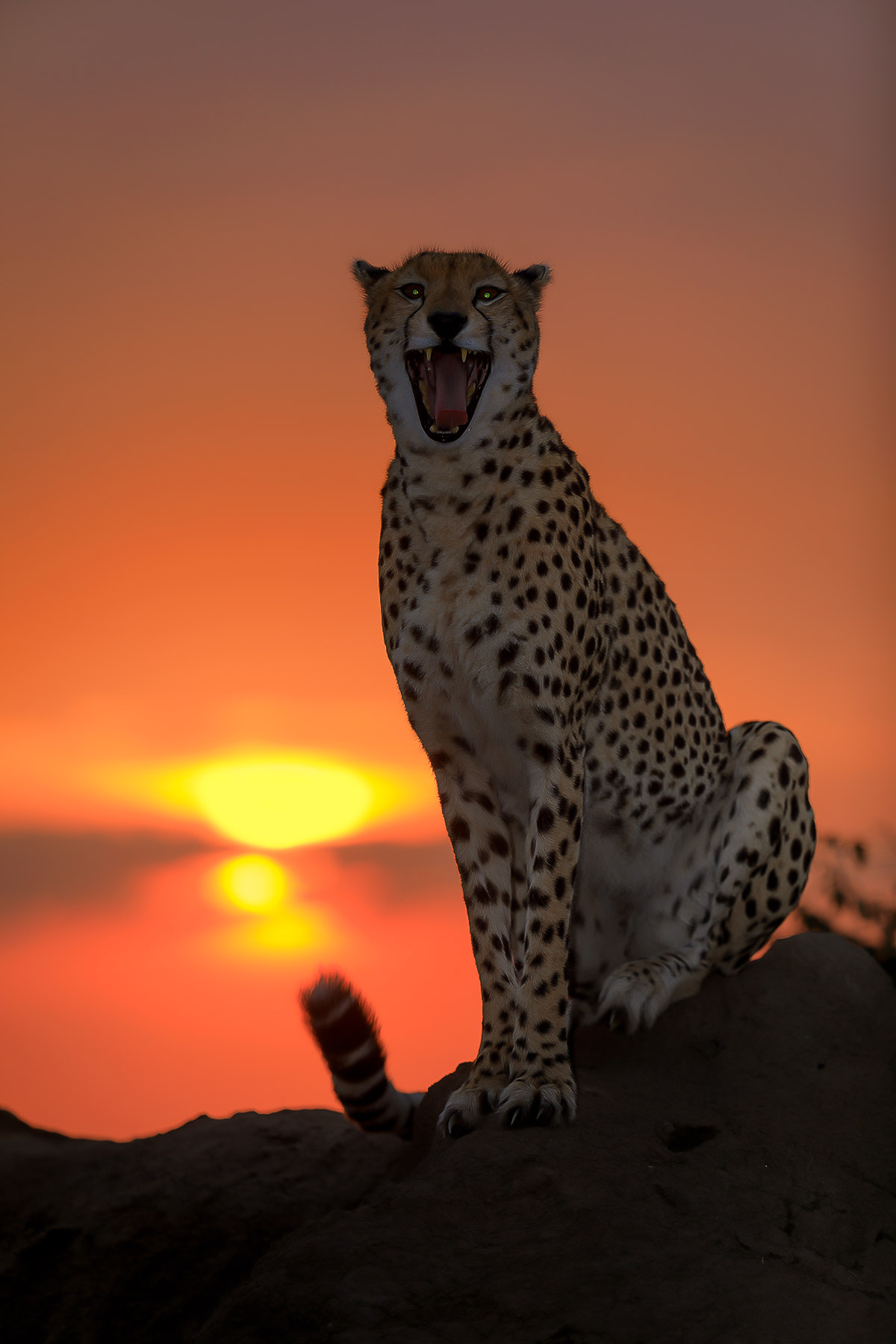
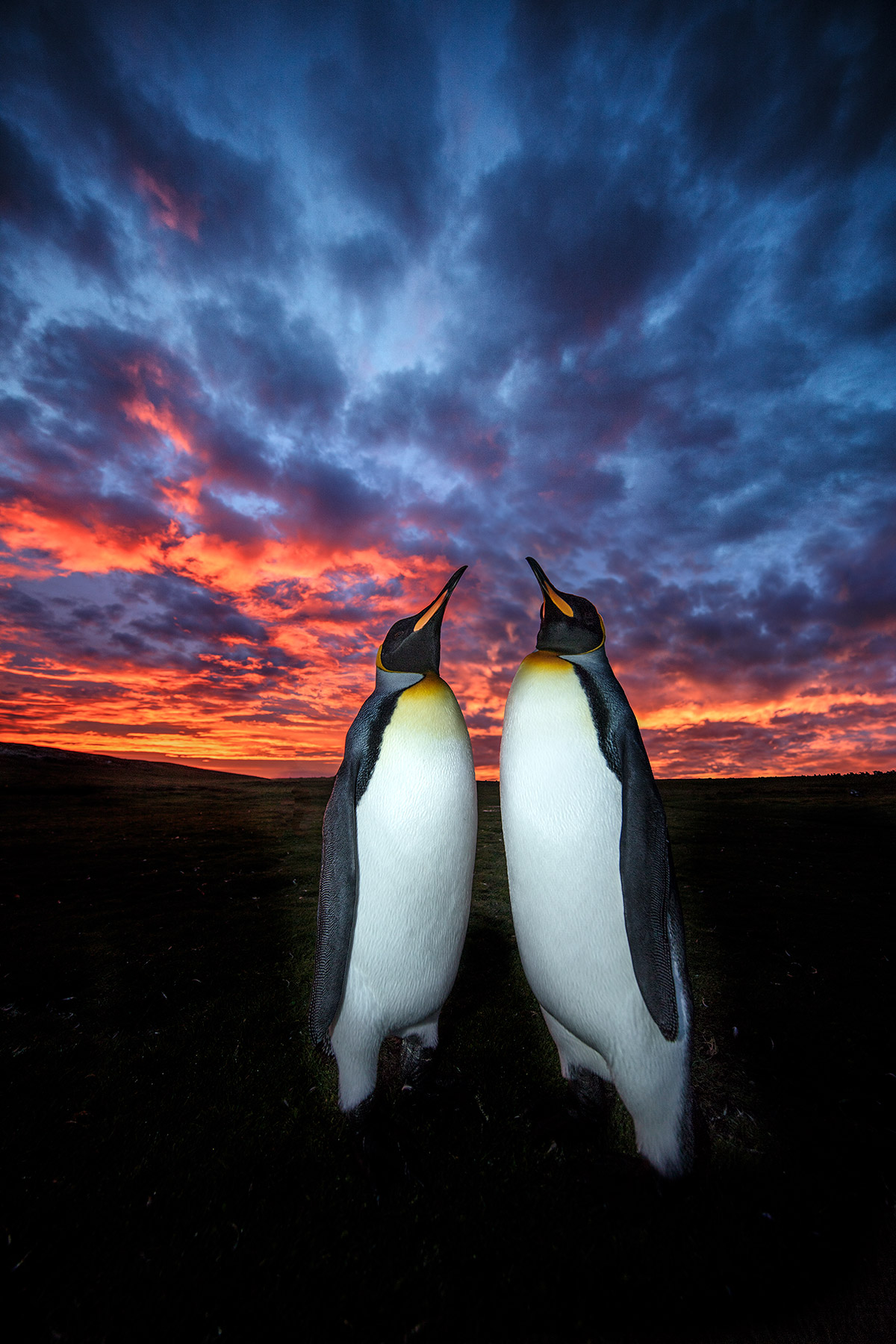
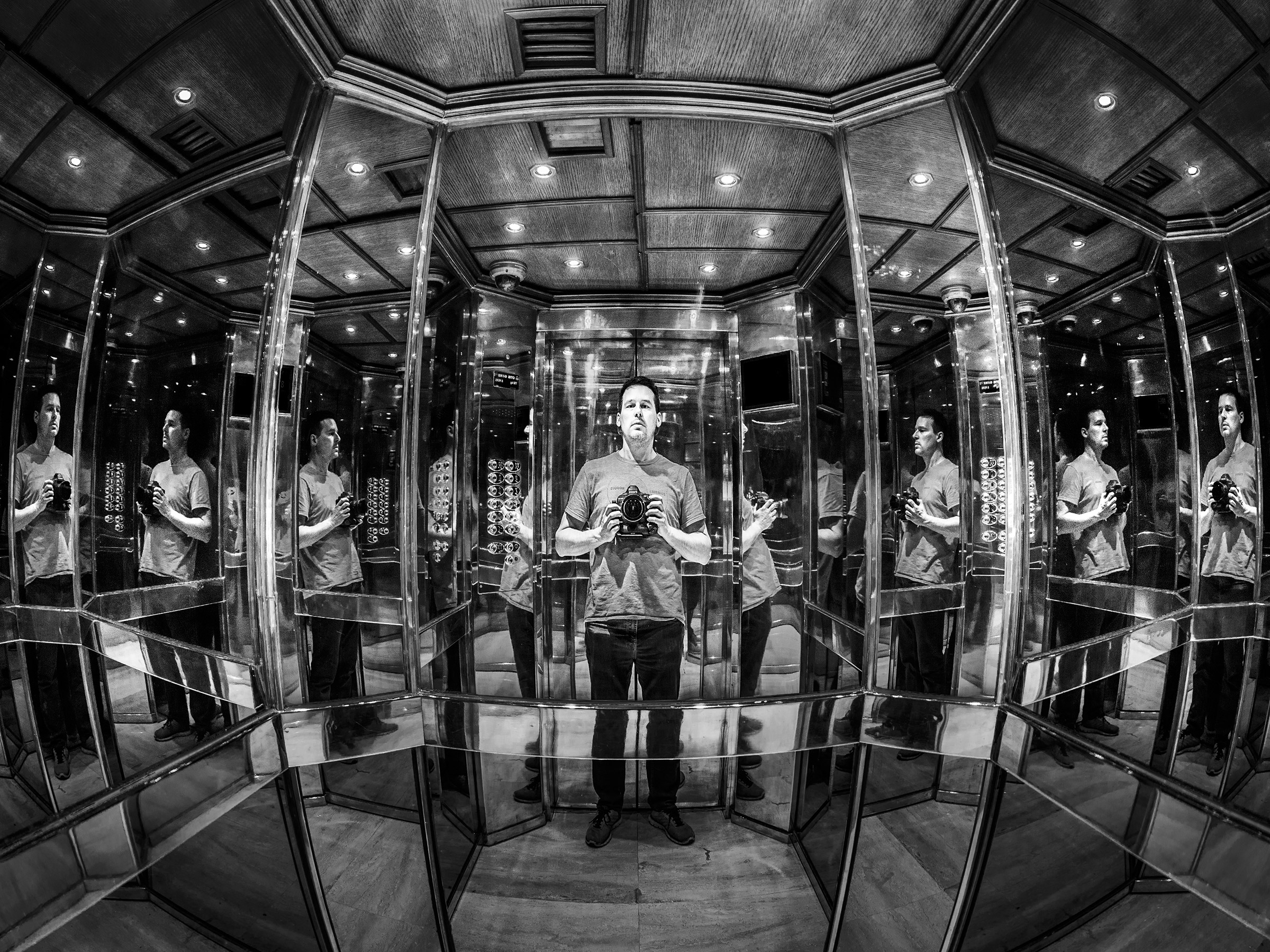
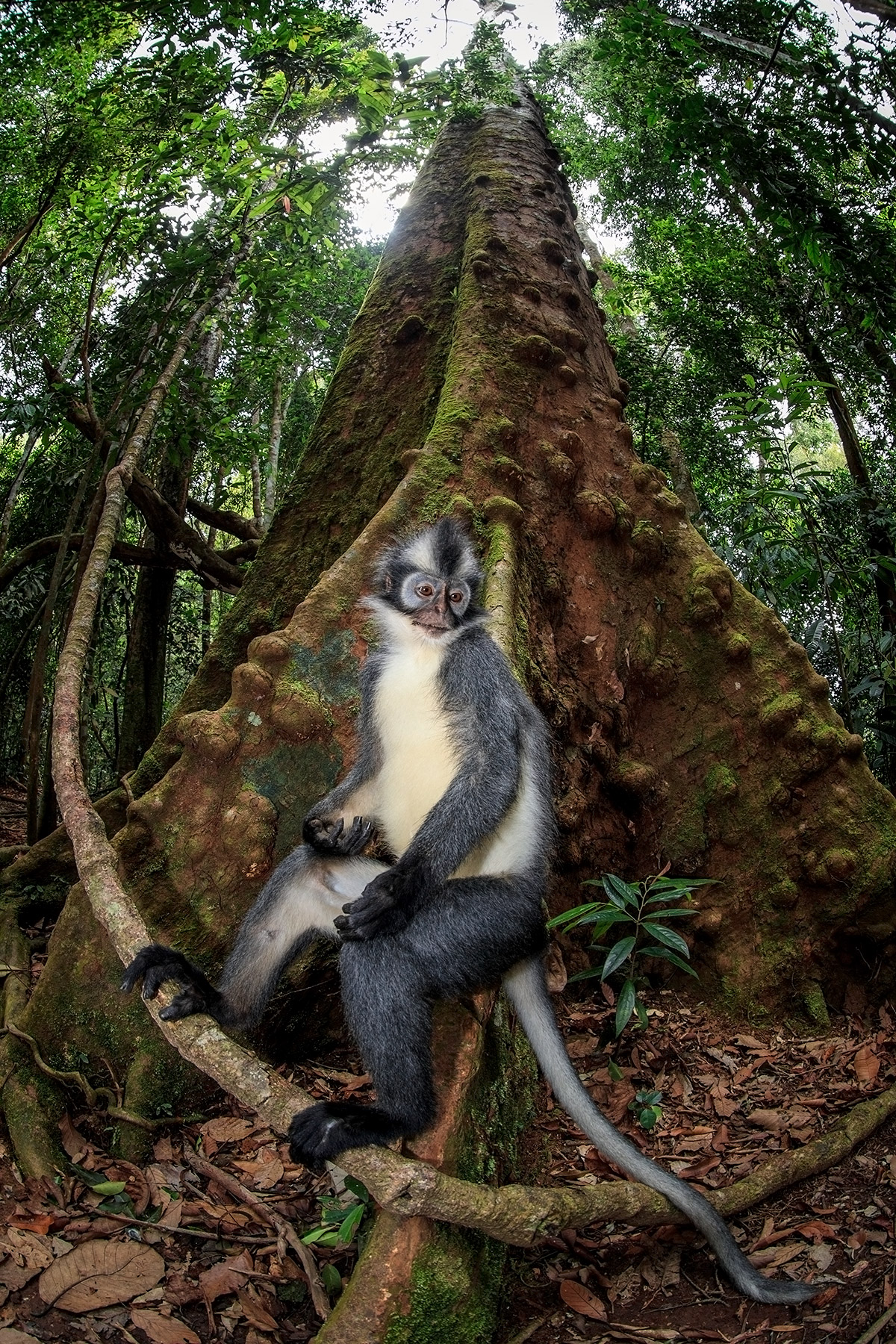
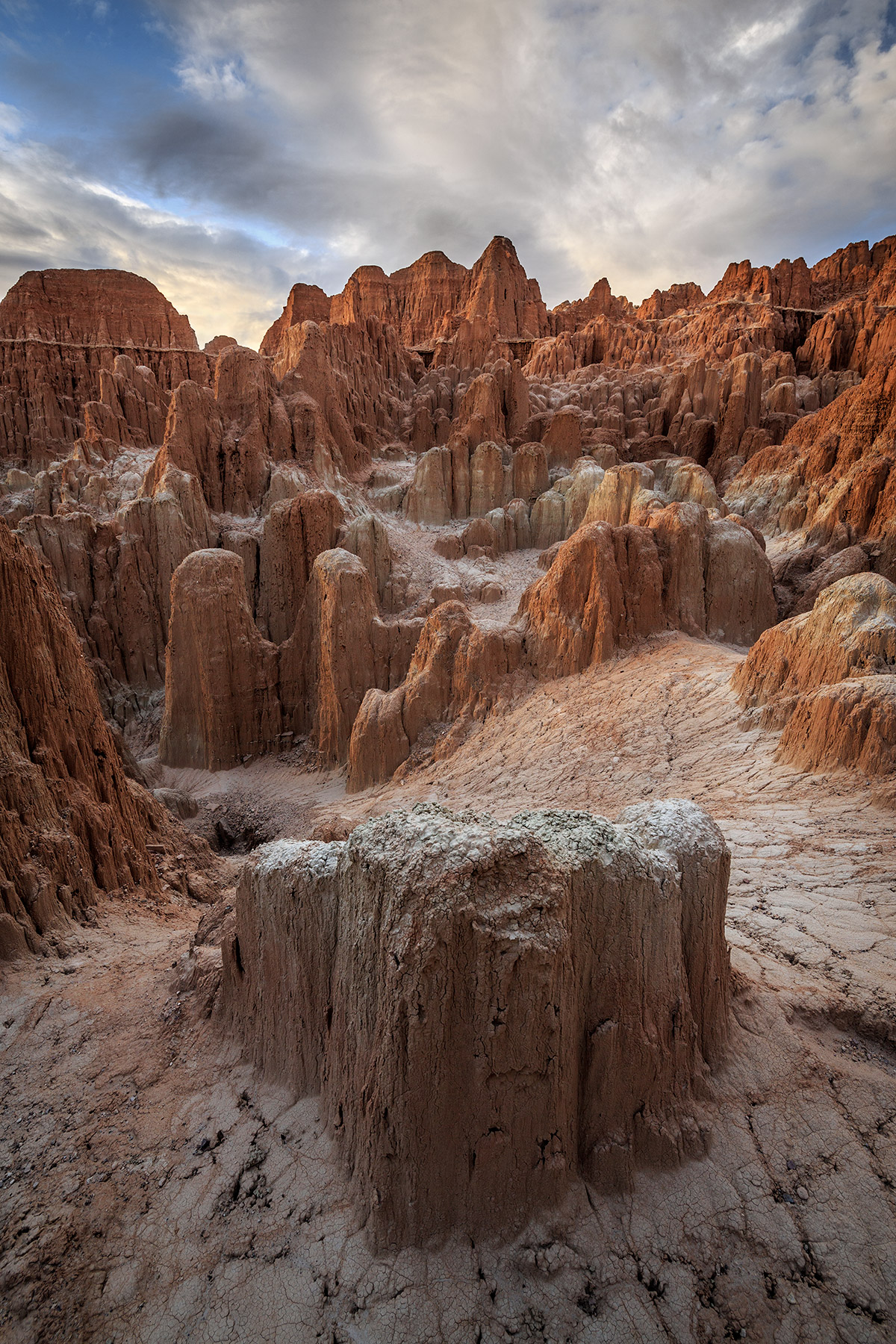
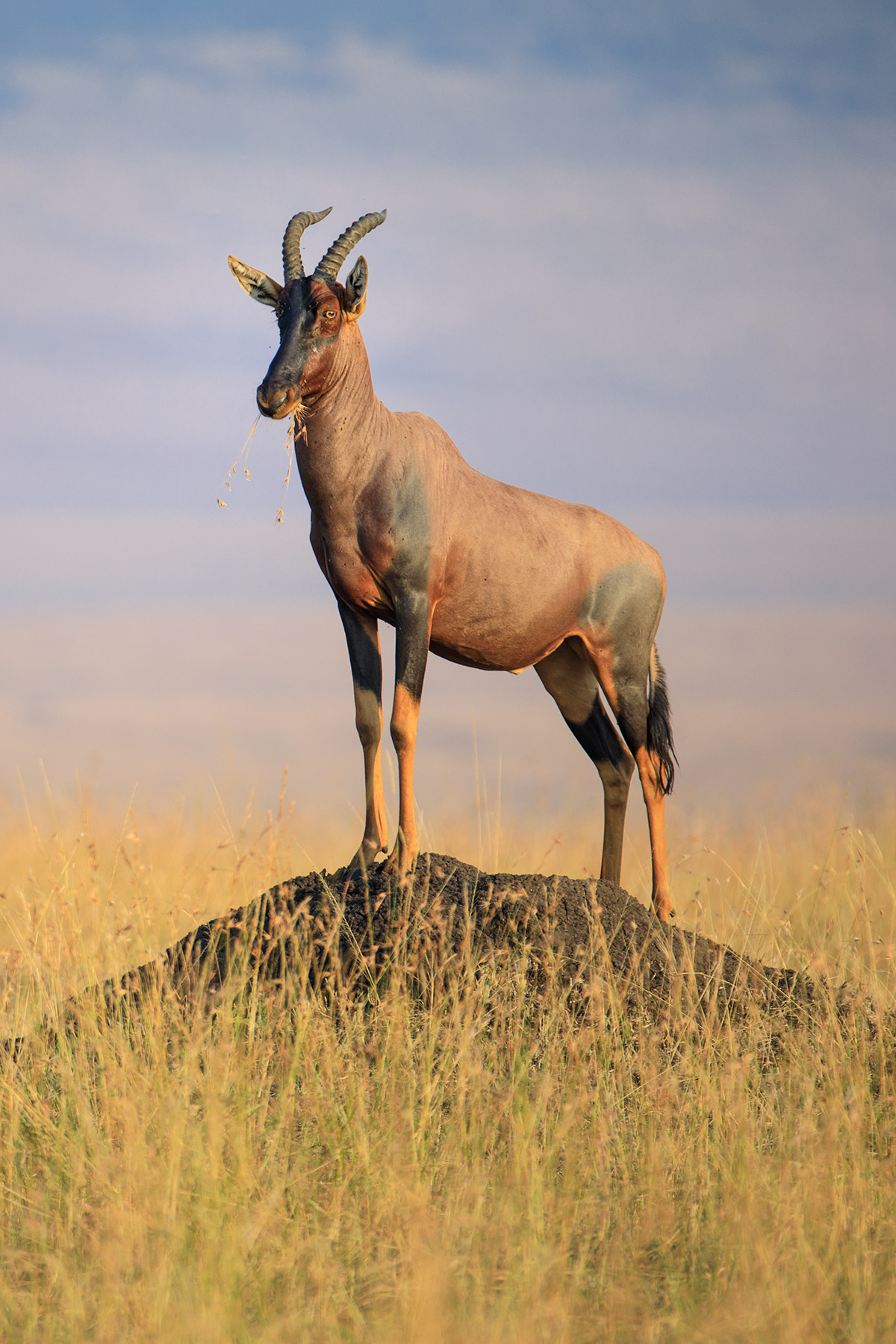
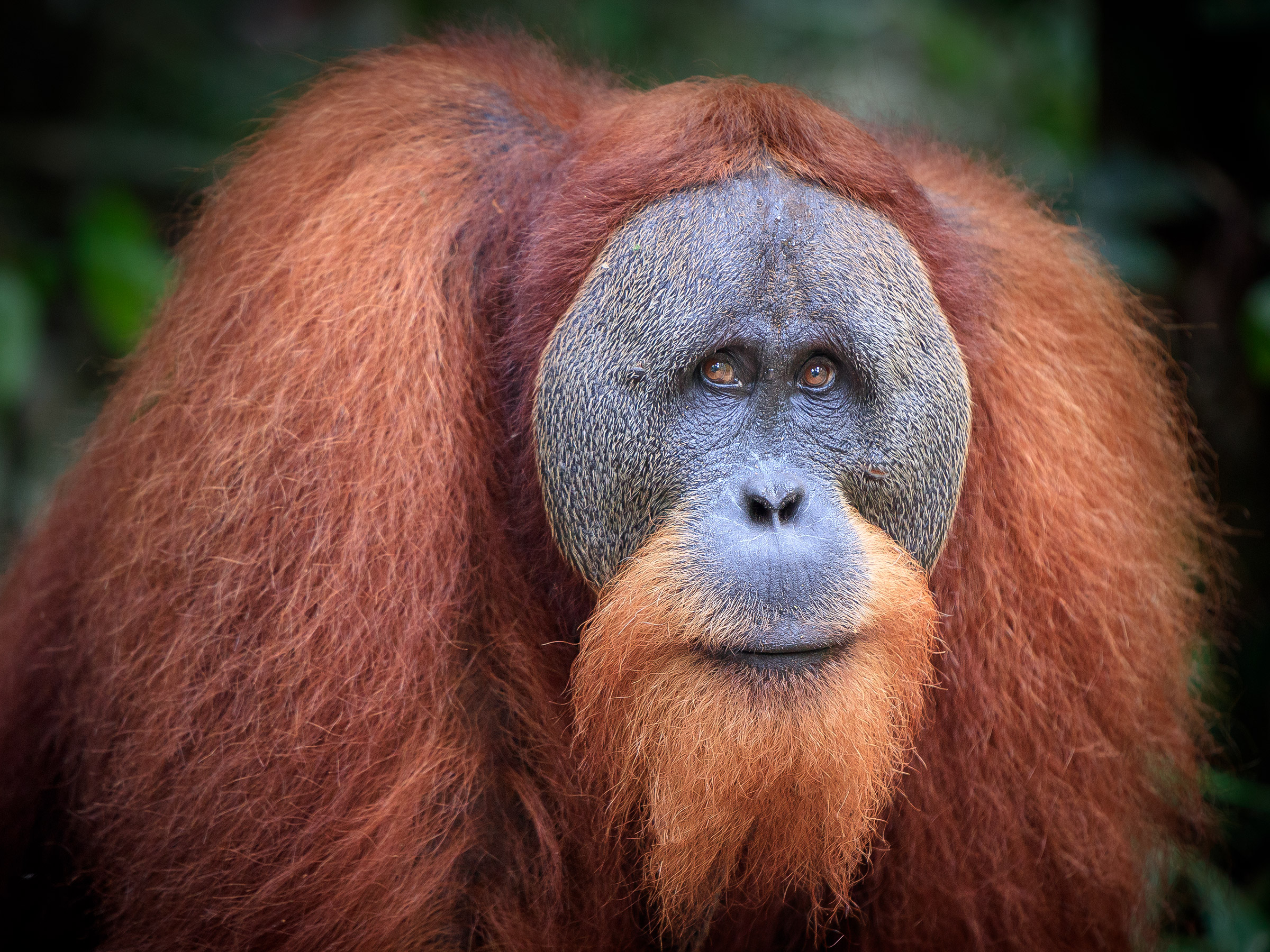
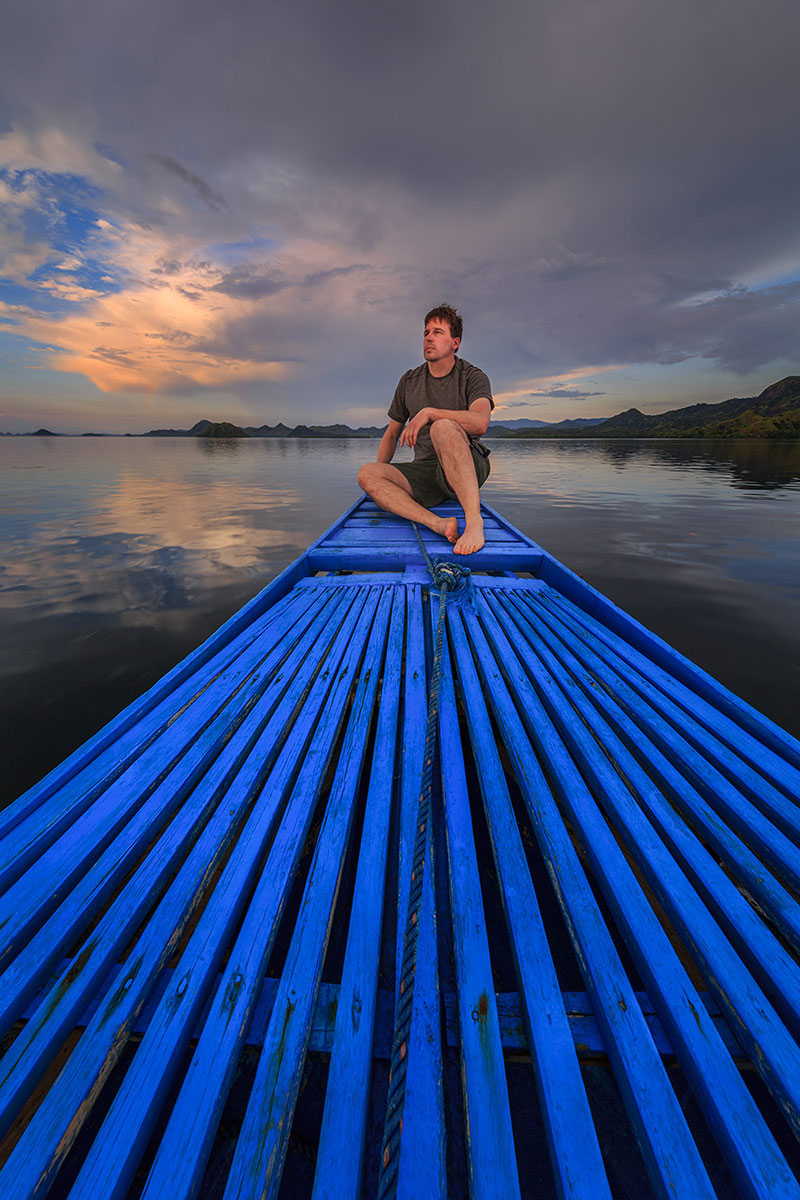
Can I use my bridge camera Nikon coolpix B500 and use the in built programmes and filters on my Google software to enter the challenges?